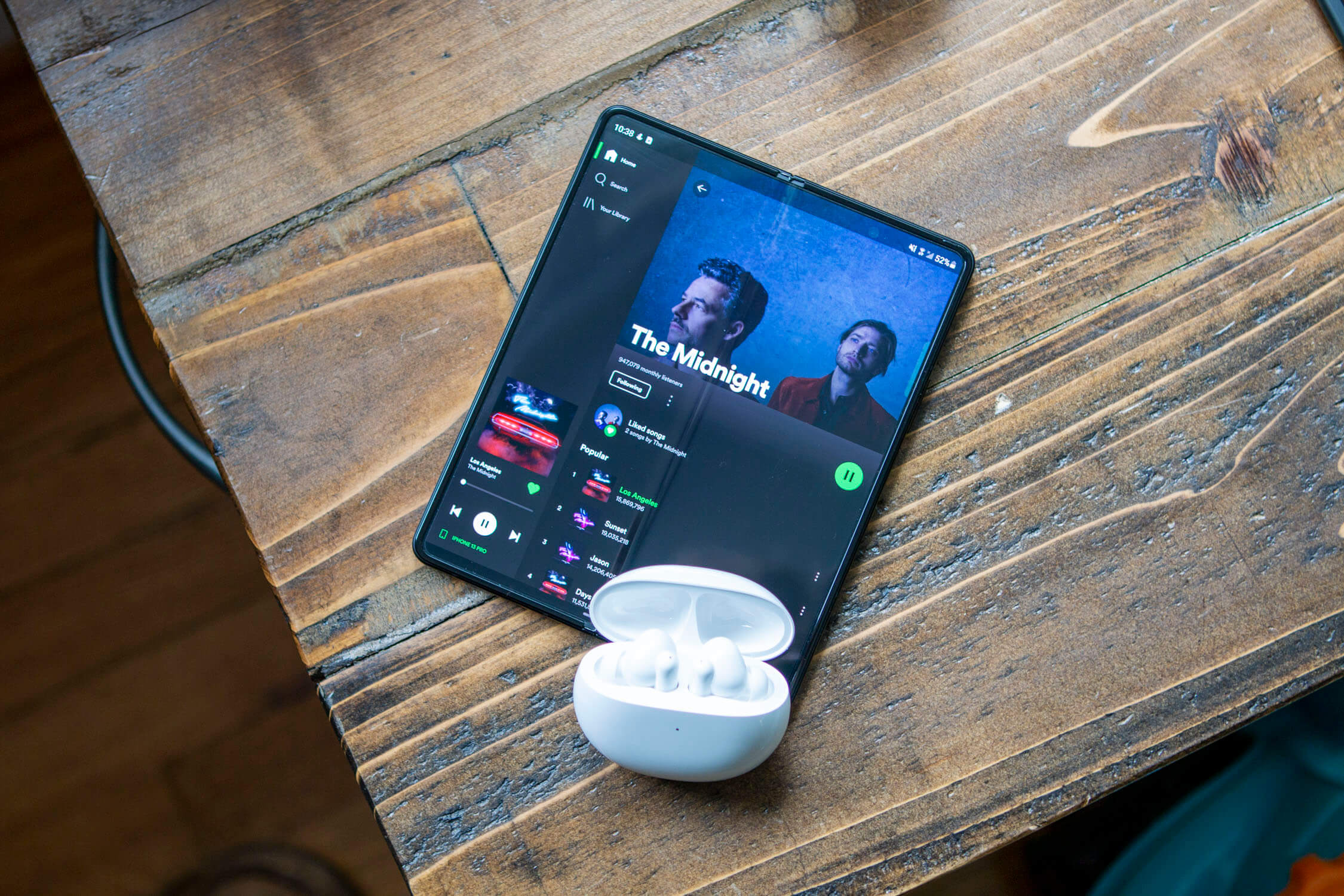Android notifications do an amazing job of keeping us updated whenever we receive a new text message, email or an update from the dozens of other applications we have installed on our phones. While most of us likely have our smartphones within arm’s reach at all times, checking notifications can be a bit of a hassle when you’re using a computer at home or at work since you have to stop what you’re doing and turn your phone on to view the notifications. The process only takes a few seconds, but most of the notifications we receive are not worth the time or effort we put into checking them.
If you want to save a bit of time and bump up your tech nerd credentials, there’s a simple way to push your smartphone notifications from your phone or tablet to your computer. All you need to do is install Pushbullet on your devices, create an account, tweak a few settings and you’re set.
Download and Install Pushbullet
To get Pushbullet up and running, you will need to install the application on your Android device and computers that you want to receive notifications on. Pushbullet offers a standalone app for Windows, but there are also Chrome, Firefox and Opera extensions which offer the same functionality for Windows and Mac computers. If you can, we recommend installing the Windows app, but the browser extensions may be the only option for those who have a work computer.
Once you install Pushbullet, you will need to sign in using a Google or Facebook account.
Notification Mirroring
To give your Android notifications on your computer, you will need to turn the feature on and tweak a few settings. Go to Menu > Notification Mirroring and switch the Notification Mirroring toggle to the on position. This will pull up a system setting page which will ask you to give Pushbullet access to your device’s notifications. Switch the toggle to the “on” position and then tap “Allow.”
Since you likely don’t want to view every single Android notification on your computer, you can choose which notifications will be pushed by tapping Choose which apps to enable. You can even choose to only push notifications to your computer when your device is connected to WiFi since pushing notifications to your home or work computer while you’re out and about is pretty pointless.
Send and receive SMS
With SMS being a standard protocol on all devices, Pushbullet allows you to view your SMS history, compose new messages and reply to incoming texts from your computer. There’s even a fun chat head feature which allows your SMS conversations to float in a little bubble over your Windows apps.
Share files
If you’ve ever emailed a file or link to yourself to get the content from your phone to your PC or vice versa, you’ll be happy to know that Pushbullet also has file sharing system built right in. On Android, Pushbullet integrates into the Android share feature. Just tap the share link within any Android app and you’ll see your Pushbullet devices listed. Select the device you want to send the file or link to and the content will be transferred to Pushbullet on that device. You also have a Remote Files option within the Pushbullet Android app which allows you to browse the files on your computer and move them to your Android device.
From your computer, you can transfer files to your Android device as well. Right-click the file you want to transfer, move your mouse over Pushbullet and then select which device you want to move the file to. You can also send files or messages within the Pushbullet app under the devices tab.
The free version of Pushbullet only allows you to send 100 text messages from your computer per month and you’re also limited to 25MB file transfers. If you want more, a monthly subscription will set you back $3.33 if you pay for 12 months at a time. Let us know your thoughts on Pushbullet and what your experience has been if you’ve used it or a similar app for Android.












Comments